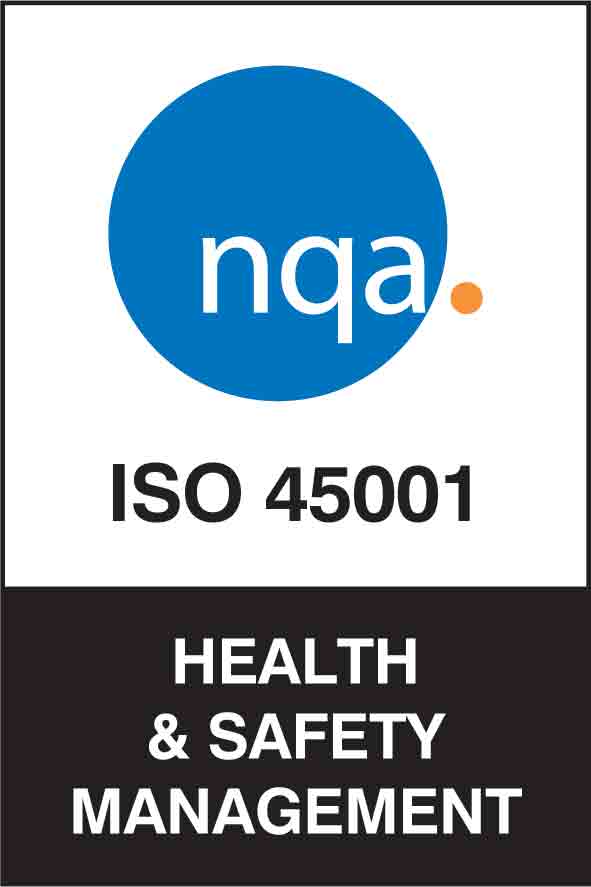Slips and trips increase in winter. This isn’t surprising given that falling leaves make paths slippery, cold snaps bring snow and ice and there’s little daylight.
However, you can take steps to reduce the risk of slips and trips. A number of issues should be considered in the coming months:
Lighting
Does the lighting around your workplace allow people to see and avoid hazards on the ground?
An easy way to find out is to simply ask your workers. Alternately, you can walk the main routes (inside and outside). It is important to do this throughout the working day as the light changes during the day. If you can’t see the hazards on the ground then you’ll need to improve the lighting, for example, by installing new lights or changing the type of bulb.
No matter what size your site is you should regularly check the main walkways.
Wet or decaying leaves
Fallen wet or decaying leaves create slip risks. Not only can you slip on the leaves themselves but they can hide hazards on paths. Indeed, wet leaves can make walkways as slippery as roads when snow falls.
You should have procedures in place to regularly remove leaves. It might even be worth removing offending trees or bushes altogether.
Rainwater
In dealing with rainwater, make sure the material used to pave external areas is slip resistant when wet.
People should be discouraged from taking shortcuts over grass or dirt as such areas are likely to be slippery when wet. Consider whether any shortcuts can be converted into proper paths.
Before laying paths on new sites, think how pedestrians might move around. Positioning paths correctly in the first place will save you a lot of trouble and money.
Slip incidents often happen at entrances to buildings where people walk in rainwater. Fitting a good sized canopy over an entrance can help prevent this as can installing large, absorbent mats. You may also consider changing the entrance flooring to one that’s non-slip.
Ice, frost or snow
To reduce the risk of slips on ice, frost or snow, you need to assess the risk and have a system in place to manage it.
Outside pedestrian areas that are most likely to be affected by ice need to be identified, for example:
- Building entrances
- Car parks
- Pedestrian walkways
- Shortcuts
- Sloped areas
- Constantly shaded or wet areas
Monitoring the temperature is key to prevention. Regional weather forecasts can be obtained from weather sites such as the Met Office.
You need to act whenever freezing temperatures are forecast. Icy surfaces should be prevented from forming and/or pedestrians kept off slippery surfaces. Grit or similar can be used on areas likely to be slippery in frosty or icy conditions.
Walkways might be covered with an arbour or arch high enough for people to walk through. Alternately, an insulating material could be used on smaller areas overnight.
Pedestrians should be directed to less slippery walkways and existing ones closed-off. Remember to remove any warning cones once the hazard has gone or they will generally be ignored in future.
Gritting
Gritting is the most common method of de-icing floors as it’s relatively cheap, quick to apply and easy to spread. Rock salt is the most common type of grit. Highways authorities typically use it (plain and treated) on public roads to reduce the effects of snow and ice.
Salt stops ice forming and causes existing ice or snow to melt. It is most effective when it’s ground down but doesn’t work instantly. Indeed, salt needs time to dissolve into the moisture on the floor. Unfortunately, this take far longer on paths than on roads.
You should grit when frost, ice or snow is forecast or when walkways are damp or wet and floor temperatures are at or below freezing. Gritting is best done in the early evening before the frost settles and/or early in the morning before people arrive.
However, if you grit when it’s raining heavily the salt will simply be washed away. You will have a problem if the rain then turns to snow.
Compacted snow that turns to ice can be difficult to effectively treat with grit. It should also be noted that “dawn frosts” sometimes occur on dry surfaces. This is when early morning dew forms and freezes on impact with the cold surface. It can be difficult predicting when or where it occurs.
Contact Ellis Whittam to make sure your organisation’s safety is snow joke this winter!





